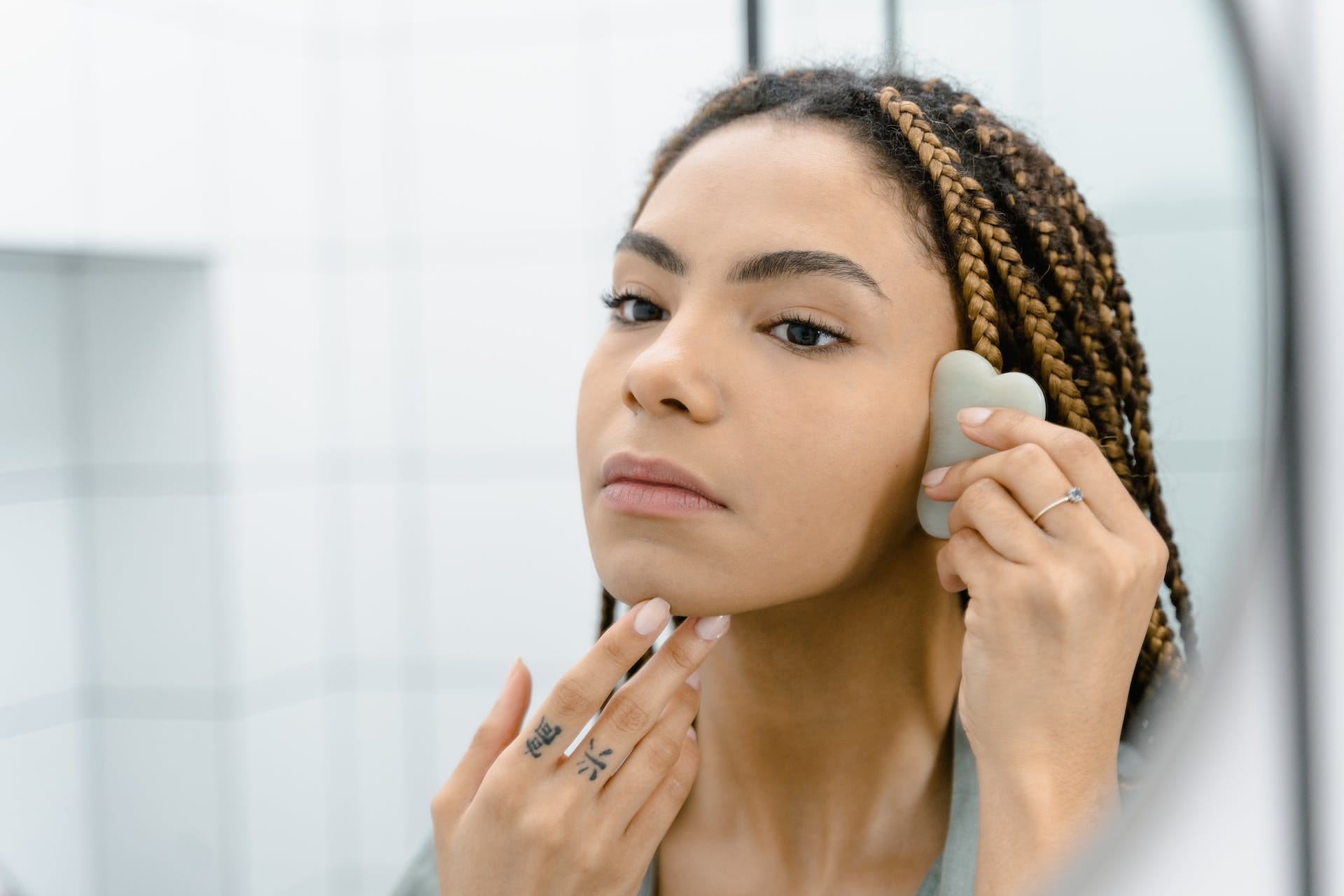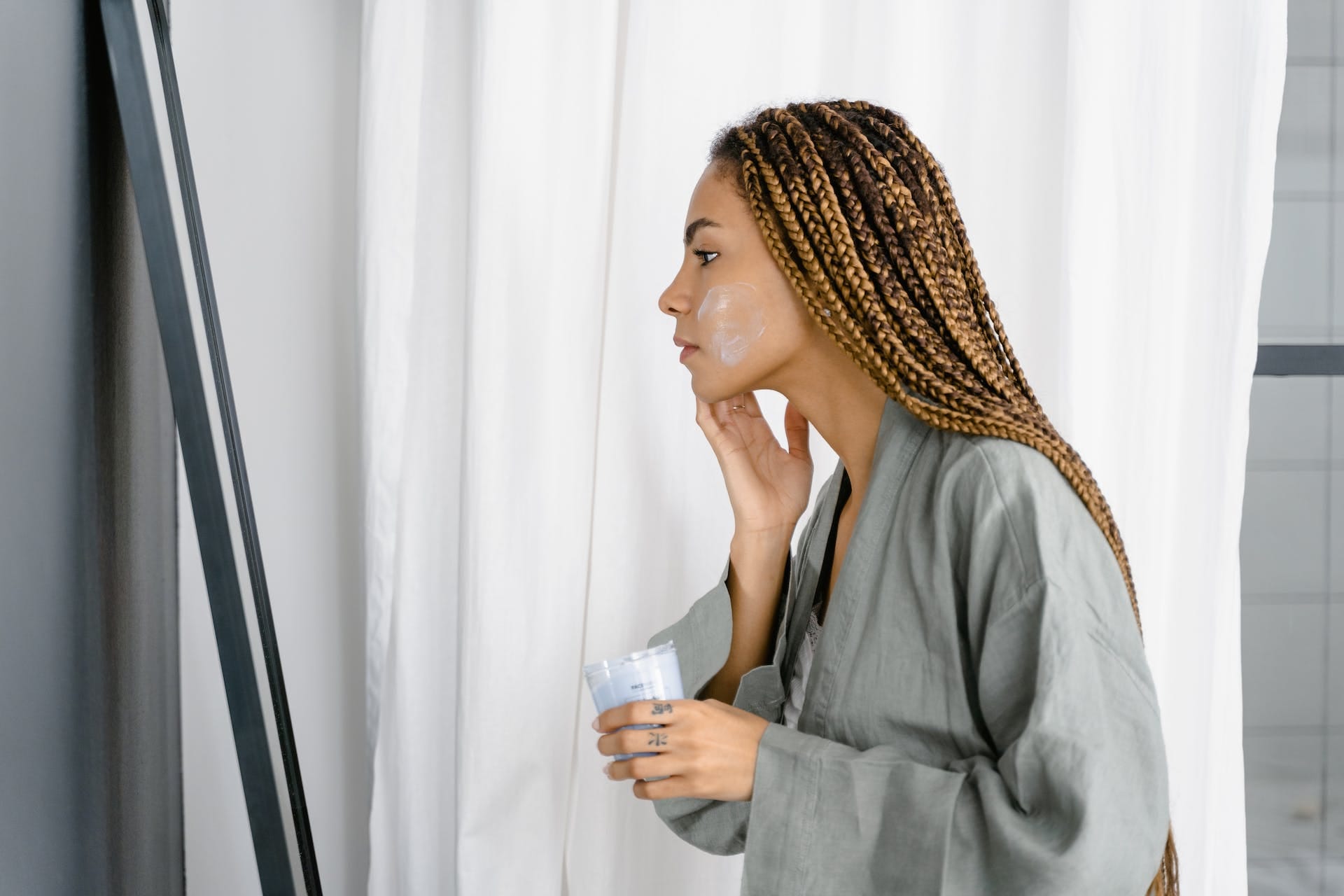When it comes to the world of hydroxy acids, glycolic acid and salicylic acid are the stars of the show. You're probably already thinking about their superpower to slough off dead skin cells. Yet, they're not quite the same. Each has its unique strengths and differences. So, in this deep dive into glycolic acid vs salicylic acid, we're going to explore the nitty-gritty of these ingredients to help you figure out which one might be the best match for your skin.
Glycolic Acid: Benefits, Uses, Side Effects
Glycolic acid, a superstar in the skincare world, is an alpha-hydroxy acid (AHA) derived from natural sources like sugarcane, beets, and various fruits. You'll find it in both natural and synthetic forms in skincare products.
BENEFITS: Glycolic acid's superpower lies in its small molecules, allowing it to dive deep into the skin. It works wonders by boosting collagen, speeding up cell turnover (hello, no more ingrown hairs!), hydrating skin, shrinking pores, fading dark spots, and giving your skin a serious glow.
USES: Over-the-counter (OTC) glycolic acid products are usually available in strengths of up to 10%. If you're new to it, start slow – try it three times a week, then every other day, and if your skin's happy, ramp up to daily use.
Looking for quicker, more dramatic results? Consider professional glycolic acid peels. These are available in stronger concentrations (20%–70%) and should be done by a pro. Start with lighter peels at a salon or spa, and if you're up for it, go for the stronger stuff at a dermatologist's office.
SIDE EFFECTS: Glycolic acid might induce adverse reactions like irritation, dryness, and sensitivity to the sun. Always follow up with sunscreen and maybe rock a stylish hat when heading outdoors.

Salicylic Acid: Benefits, Uses, Side Effects
Salicylic acid, a beta-hydroxy acid (BHA), is a skincare gem found naturally in plants like meadowsweet and white willow, though it's often made synthetically for skincare products.
BENEFITS: Salicylic acid's large molecules work mainly on the skin's surface and deep within the pores. It's a multitasker: exfoliating skin, controlling oil and breakouts, reducing inflammation, speeding up regeneration, treating warts, managing psoriasis, and unclogging pores.
USES: You'll find over-the-counter salicylic acid in strengths up to 5%, in forms like cleansers, gels, serums, lotions, and patches. It's smart to start with a rinse-off product to see how your skin reacts. No irritation? Feel free to keep using it or switch to a leave-on type. Just follow the directions on the label or your dermatologist's advice.
Need something stronger? Salicylic acid in 10 to 50% concentrations, used in professional treatments or peels, is great for deep exfoliation, particularly for oily and acne-prone skin. Even just one session at a dermatologist's can leave your skin glowing and smooth. For more persistent issues like acne or uneven skin tone, a series of peels might be the way to go.
SIDE EFFECTS: OTC salicylic acid can sometimes cause irritation, dryness, itching, or a burning sensation. And, after a professional peel, it's normal to experience flaking or stinging, as your skin usually heals in a week or two.

Glycolic Acid vs Salicylic Acid
Glycolic Acid
- Solubility: Water-soluble
- Molecular Size: Small
- Area of Action: Deep layers of the skin
- Decreases Sebum: No
- Reduces Inflammation: No
- Antimicrobial Effects: No
- Brightens the Skin: Yes
- Smooths Fine Lines: Yes
Salicylic Acid
- Solubility: Oil-soluble
- Molecular Size: Big
- Area of Action: Top layer of the skin
- Decreases Sebum: Yes
- Reduces Inflammation: Yes
- Antimicrobial Effects: Yes
- Brightens the Skin: No
- Smooths Fine Lines: No
Glycolic Acid vs Salicylic Acid: Final Words
Glycolic Acid: Ideal for all skin types, this acid is a moisture-locking agent that's great for those with hyperpigmentation, fine lines, or dull skin, typically over 25.
Salicylic Acid: A boon for oily skin, it reduces sebum and is known for antimicrobial properties, making it perfect for combating acne and shine, often starting in the teenage years.

